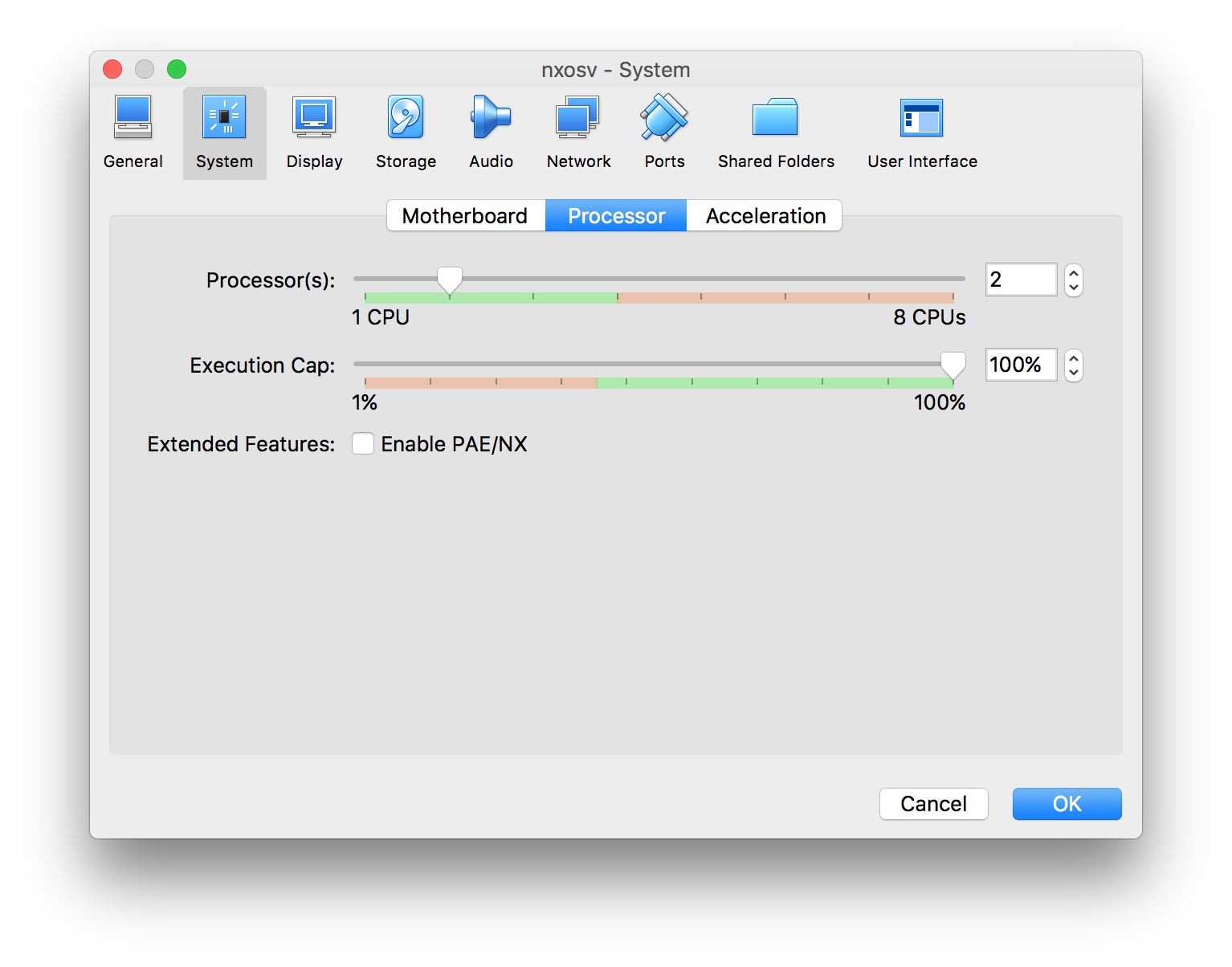
The pbcopy man pages references multiple pasteboards (clipboards, whatever you want to call the copy/paste buffer) but I only use the default, as shown. You can then go into Pages, your graphics editor or even in a Web browser and post it as part of a Web post: 9:05 up 11 days, 18:48, 2 users, load averages: 1.08 1.52 1.73 In terms of the copy/paste buffer, yes, you can interact with it directly from the command line using the commands pbcopy and pbpaste. Check “ man open” to see how it can open up apps and/or open up documents in the correct graphical app directly from the command line. Though not really well documented, there are a lot of interesting commands that enable some pretty cool scripts and commands. This extends to the relationship between the Terminal, the command line and the greater MacOS X system too.


While you may think that the Mac system, with its highly polished graphical interface, would be the last place to find a sophisticated command line interface, you’d be wrong! No, it’s not 1999 all over again, but Apple is well aware that with its Unix/Linux underpinnings, MacOS X has its fair share of hackers, programmers and power users who all enjoy mucking about on the command line as much as they do using that slick, 3D user interface.


 0 kommentar(er)
0 kommentar(er)
